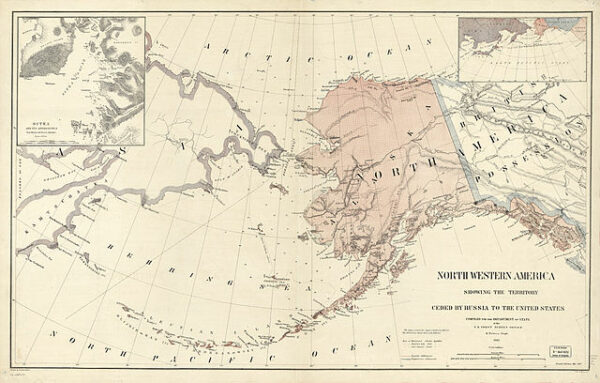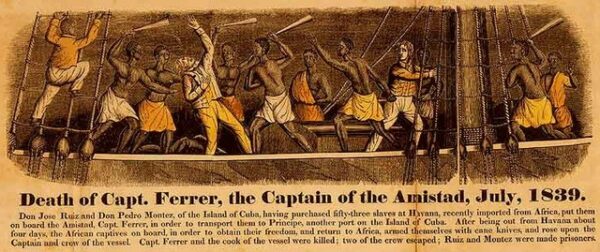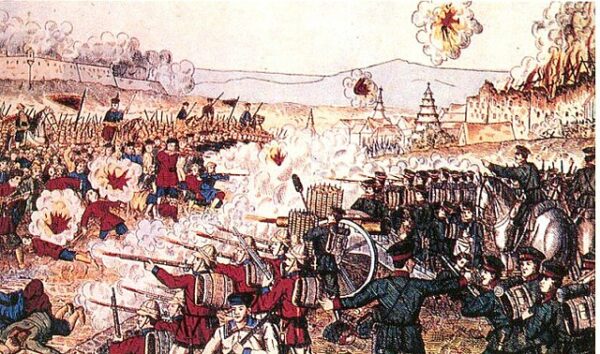In the midst of a chilly and overcast day on October 18, 1867, “Seward’s Folly” finally came to completion. Now celebrated every year as Alaska Day, the date commemorates a pivotal moment in the history of the United States and the far northern frontier by celebrating America’s acquisition of Alaska.
By the time Russia began colonizing Alaska, possibly as early as the mid-17th century, humans had lived there for thousands of years, having crossed the Bering Strait land bridge in ages past. The Russians took a more serious interest in the mid-18th century due to the demand for sea otter pelts, and began to colonize the land more aggressively, particularly in the southeast. But their aspirations didn’t last long. Far from the then-capital of St. Petersburg and too cold to support substantial agriculture, the eventual decimation of the sea otter population meant there was little for Russia to gain in North America, writes Explore the Archive.
Meanwhile, America was busy focusing on its western and southern borders throughout the 1840s, when the Gold Rush and war with Mexico meant the acquisitions of California, Oregon, and Texas. Once those territories had been settled, the ideals of manifest destiny were still in effect, and politicians began to look to the Arctic.
Though Russia had failed to turn a profit, the US saw potential for the fur and fishing industries, along with the possibility of gold. There were also strategic benefits. Alaska was seen as a gateway to further trade with China, Japan, and the Pacific at large. The American government was also keen to keep Alaska out of British hands, a sentiment they shared with Russia.
In 1867, Seward negotiated a daring and controversial deal with the Russian Empire. For the sum of just $7.2 million, the United States bought Alaska, a vast and seemingly remote land. At the time, critics ridiculed the purchase, calling it “Seward’s Folly,” and questioning the worth of this seemingly barren wilderness. Little did they know the immense resources and strategic importance that lay hidden beneath the icy surface.
Following the purchase, the official transfer of Alaska took place in the picturesque town of Sitka, then called New Archangel. The American flag was raised, and the Russian tricolor was lowered, symbolizing the end of an era and the beginning of a new chapter in Alaska’s history. Over the years, Alaska’s incredible wealth in natural resources, from gold to timber and fisheries, proved its value. The region’s significance also grew as a strategic outpost in the Pacific.
Alaska Day celebrates the wisdom of William Seward’s longterm vision and the audacious acquisition the land that became the 49th state. Today, Alaska stands as a testament to the foresight of those who saw potential where others saw folly, and its rich history is celebrated each year on this day.






